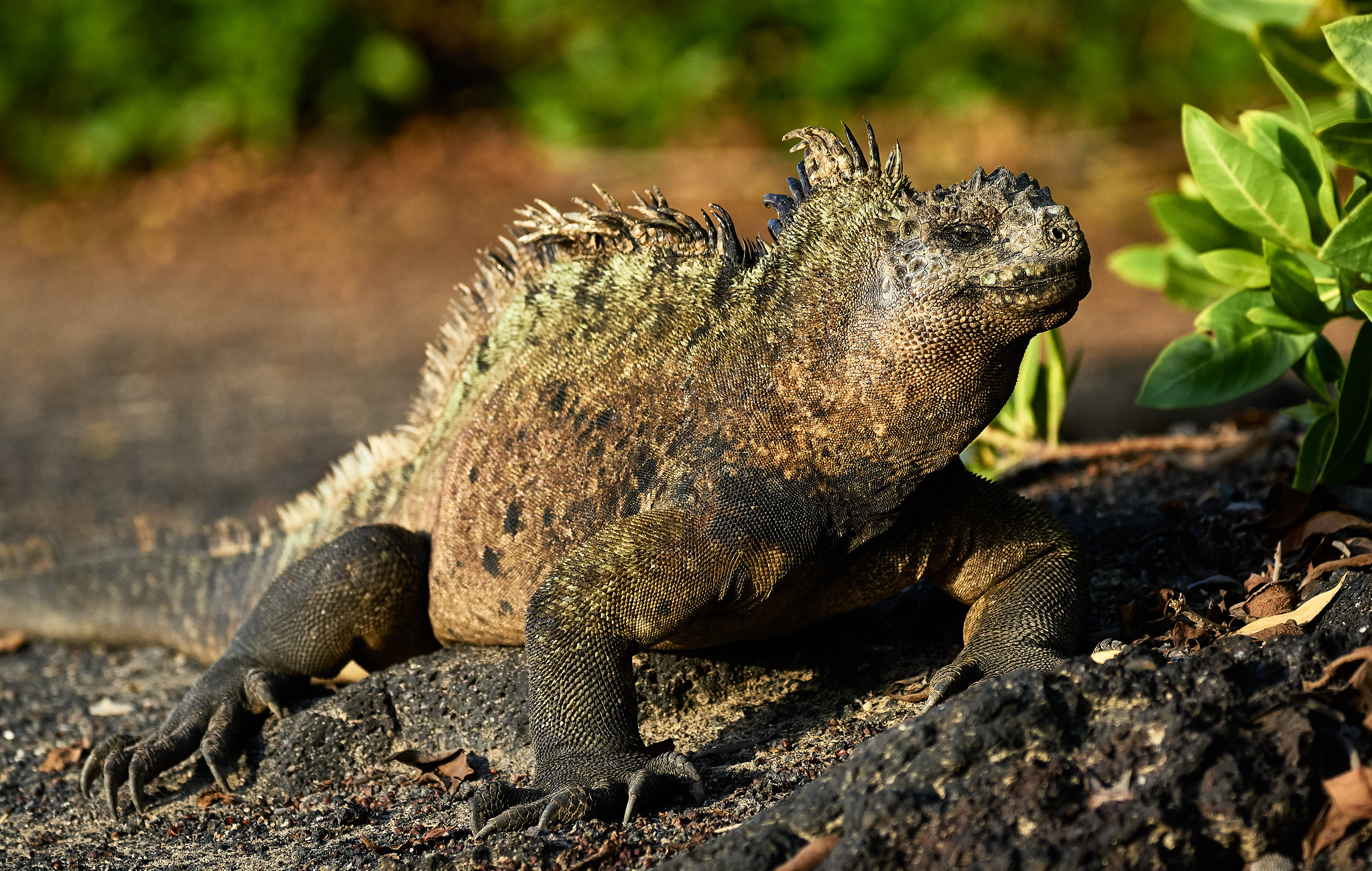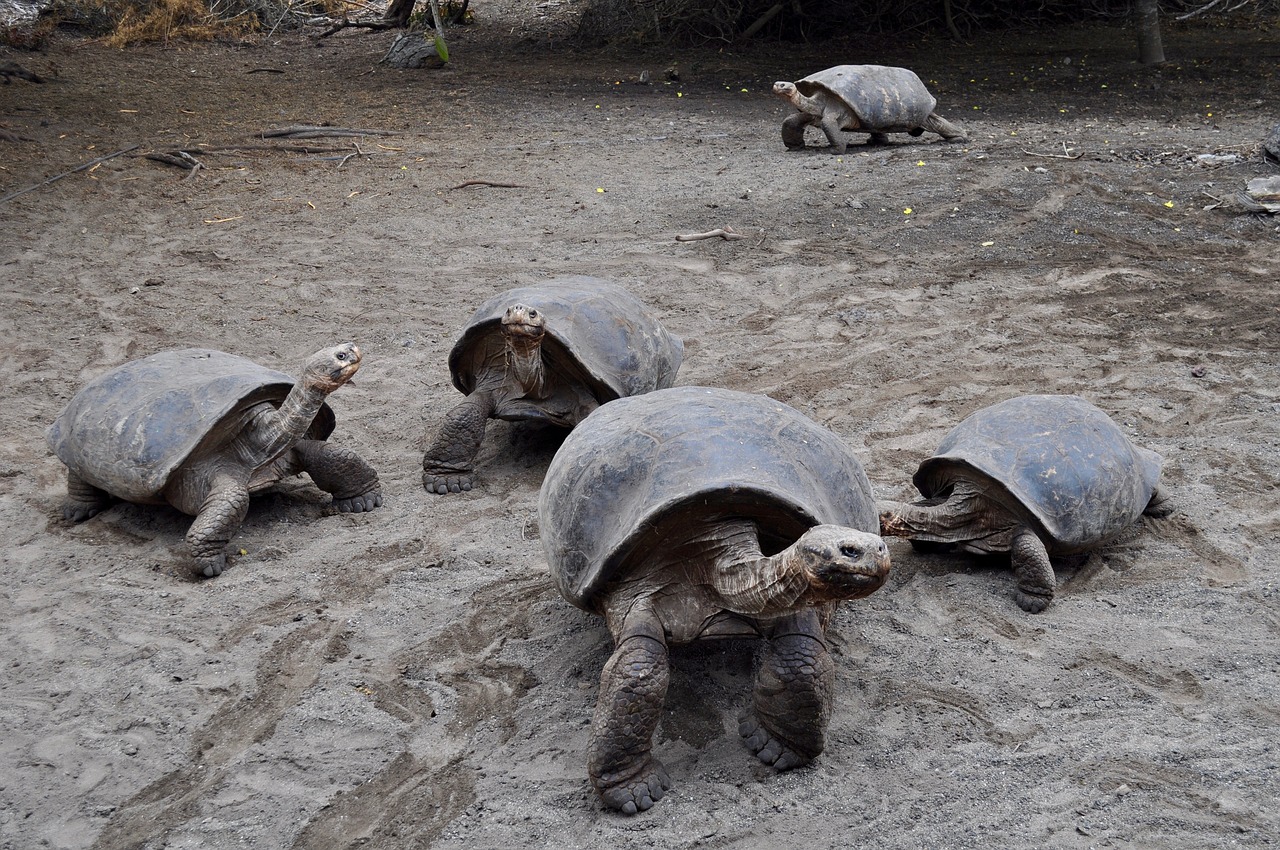Humanity remembers major scientific discoveries and some of them continue to influence the way we view the world today. For example, the accidental discovery of penicillin by Alexander Fleming and Newton’s apple that led to the discovery of gravity. These discoveries all have something in common - a brilliant mind and a stroke of luck (or divine providence).
In a similar way, a series of coincidences led a young Charles Darwin to develop the theory of natural selection. This forever changed our understanding of evolution. Before his revolutionary discovery, the widely accepted beliefs about creation and evolution were in a book anonymously published by Robert Chambers, Vestiges of the Natural History of Creation in 1844. Charles Darwin believed this book prepared the public for his own, more plausible book on evolution, On the Origin of Species in 1859.
Darwin’s book explained how, through the process of natural selection, environmental factors produce variations and adaptations in living organisms that allow them to thrive. Since then, his theory has become widely accepted and well supported by modern science. It’s amazing to think how much insight, intuition and meticulous observation Darwin needed to develop a system of thought that has remained virtually unchanged for over 150 years. The Galapagos Legend allow you to explore the islands by cruise in much more comfort than he did.
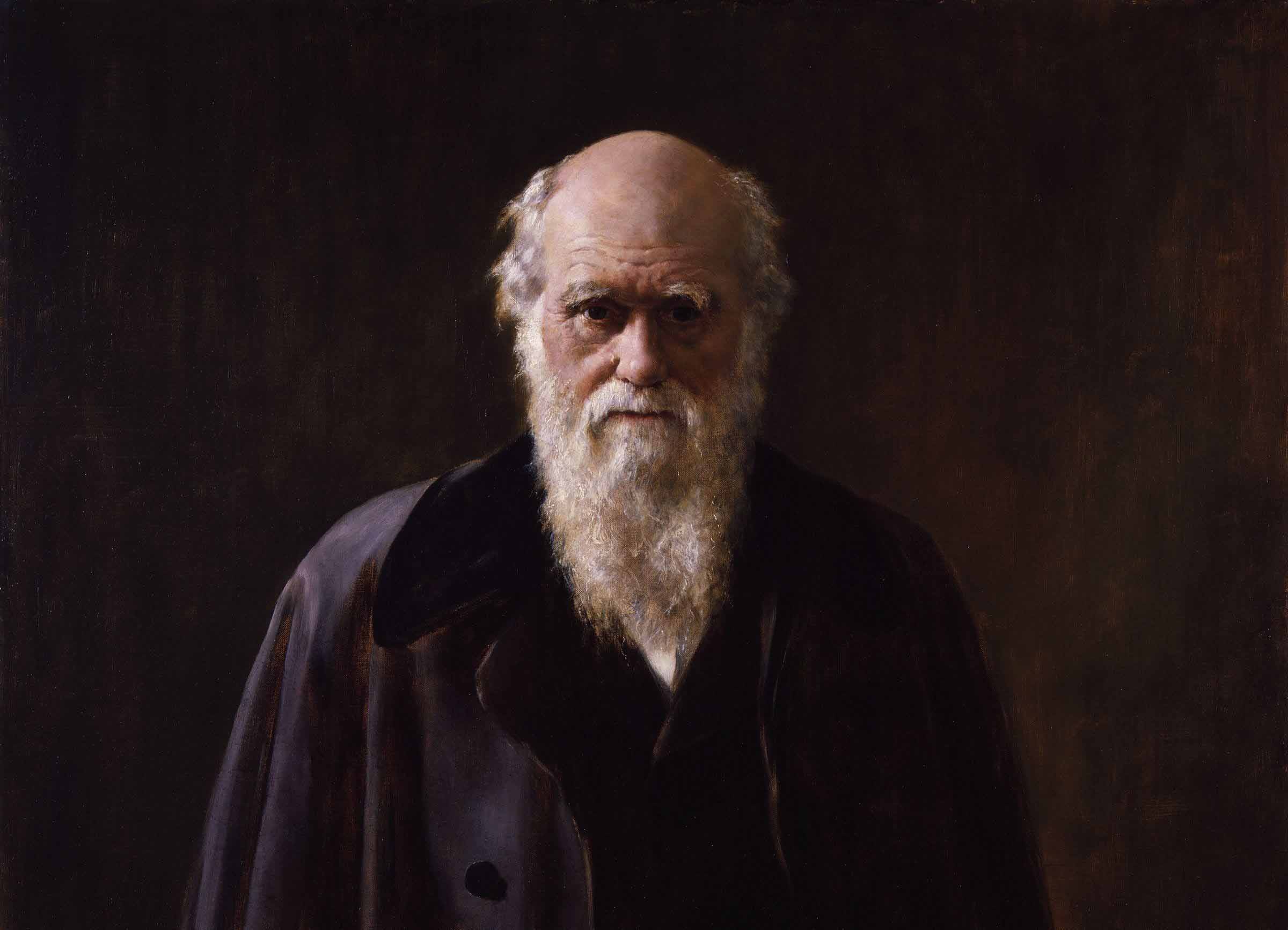
Early Life of Charles Darwin
Charles Robert Darwin was born in February 12, 1809 in Shrewsbury, England to a wealthy family. After a brief stint in medical school, he studied theology to become a parish priest. At the time, he believed in the Bible and its teachings about creation. However, he continued studying science with a special interest in biology, in a student group led by his later mentor Steven Henslow. Henslow was himself a geologist, theologian and a botanist. It was he who decisively changed Charles Darwin's life by offering him a place aboard the survey ship HMS Beagle on a two-year expedition to survey South America. Darwin accepted and against his father's express, set sail in 1831. The expedition was to survey the coasts of South America in order to pave the way for flourishing trade relations with the continent's progressively autonomous states. No one thought that this trip would end up being 3 times longer than planned and would change our worldview forever.Discovery of the Galapagos Islands
Popular with the crew and the ship’s captain, Darwin showed incredible zeal and motivated even the sailors on the ship to become interested in science. During the Beagle's journey along the coast of Brazil and Argentina, around Tierra del Fuego and along the west coast of South America, Darwin brought aboard masses of exhibits, rock samples, animals and plants from diverse areas of scientific interest. These included fossil excavations, active volcanoes, rainforest jungles and the heights of the Andes. After 4 years of sailing, the HMS Beagle finally reached the Galápagos Archipelago.
Inception of the theory of evolution
The plants and animals in the Galapagos delightfully surprised Charles Darwin. He collected countless samples, studied the different types of finches on every island and, for today's standards, carried out strange experiments on marine iguanas. His plant collection was among scientists the most comprehensive that existed for a long time. Although he was yet to formulate the theory of evolution, the cornerstone was laid here.
Darwin was the right person at the right place and at the right time. Scientists at the time were no longer satisfied with describing God's creations, but increasingly wanted to know how these creations came about in the first place. The Galápagos Archipelago, one of the most isolated in the world, was the ideal place to get the answers he sought after. To date, there is hardly any other place in the world where the development and adaptation of species can be observed using so many closely related, endemic species. It is for this reason that the Galápagos Islands are today considered a living, open-air laboratory to study evolution.
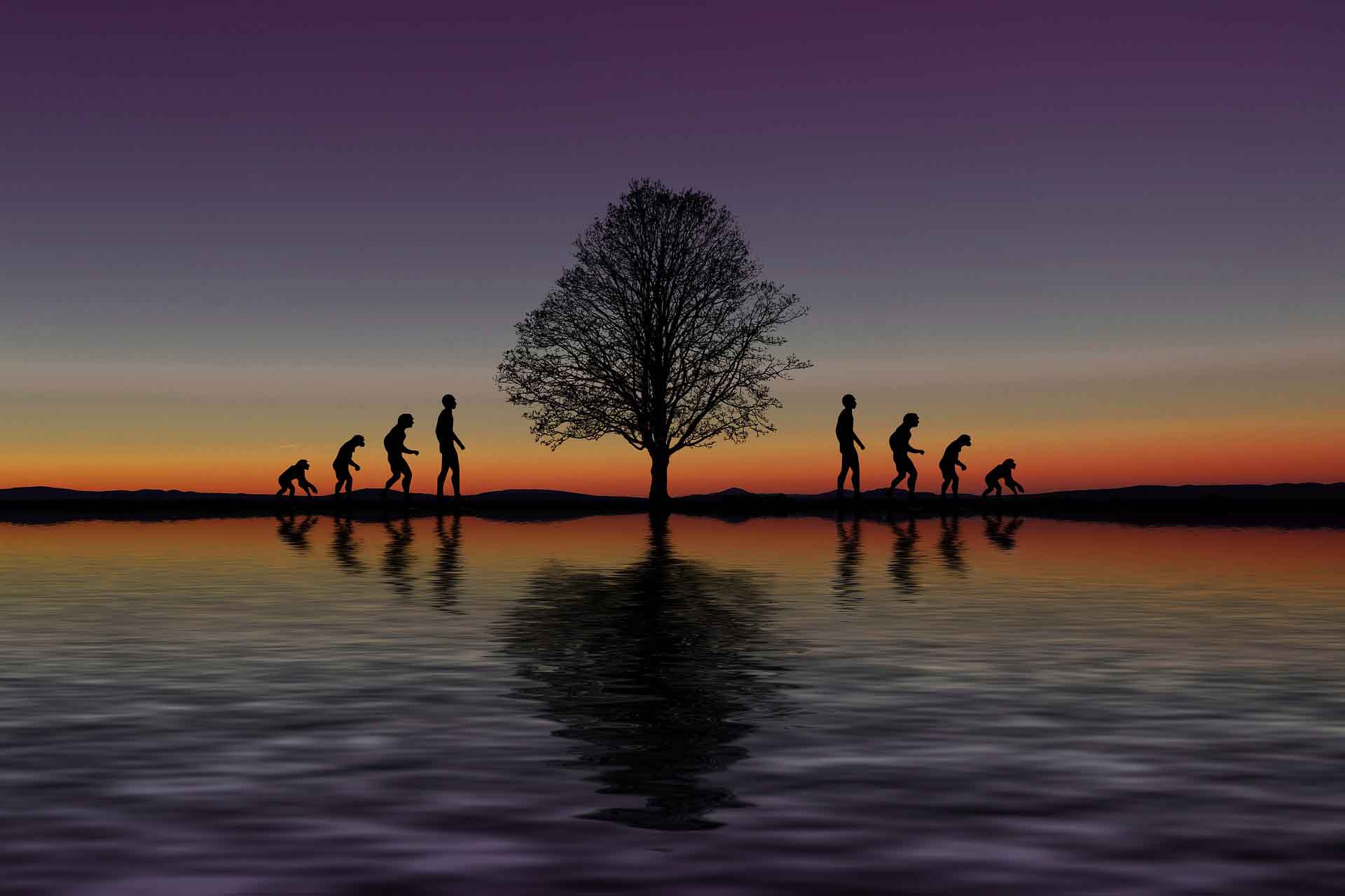
Charles Darwin’s book – On the Origin of Species
It would take many years after his trip to the Galapagos for Darwin to publish his ideas. When he went back to England, he married, started a family, struggled with some health problems and devoted himself to other scientific studies.
Although his more factual ideas about evolution can be dated back to about 1837, he did not publish his major work ’On the Origin of Species’ until 1859, for fear of how the church and scientific community would react to his new beliefs.
Theory of Natural Selection
In his book, ‘On the Origin of Species by means of Natural Selection’, Darwin was the first to describe that living things can change over time and new species emerge. The wildlife in Galápagos directly inspired his theories and with it, the Galapagos Archipelago became world famous.
When studying the 13 similar species of Darwin finches named after him, he realized that they probably came from a single ancestor. Each species had adapted to its environment on the different islands. The finches could be clearly distinguished from each other according to their shape and size. Darwin therefore concluded that those birds that were able to change to make optimal use of the food supply survived. For example, some bird species developed thick beaks to become seed eaters, while others got long and thin beaks and became suited for catching insects. He deduced that a species cannot remain unchanged and, consequently, cannot be exactly as created by God during creation.
While this idea is still not recognized by creationists, many of the young scientists accepted the paradigm shift and to this day, the theory of evolution is considered the best explanation for the origin and diversity of the species. Many schoolchildren today know about the Darwin finches of the Galápagos Islands as a prime example of the adaptation of animals to different ecological conditions.
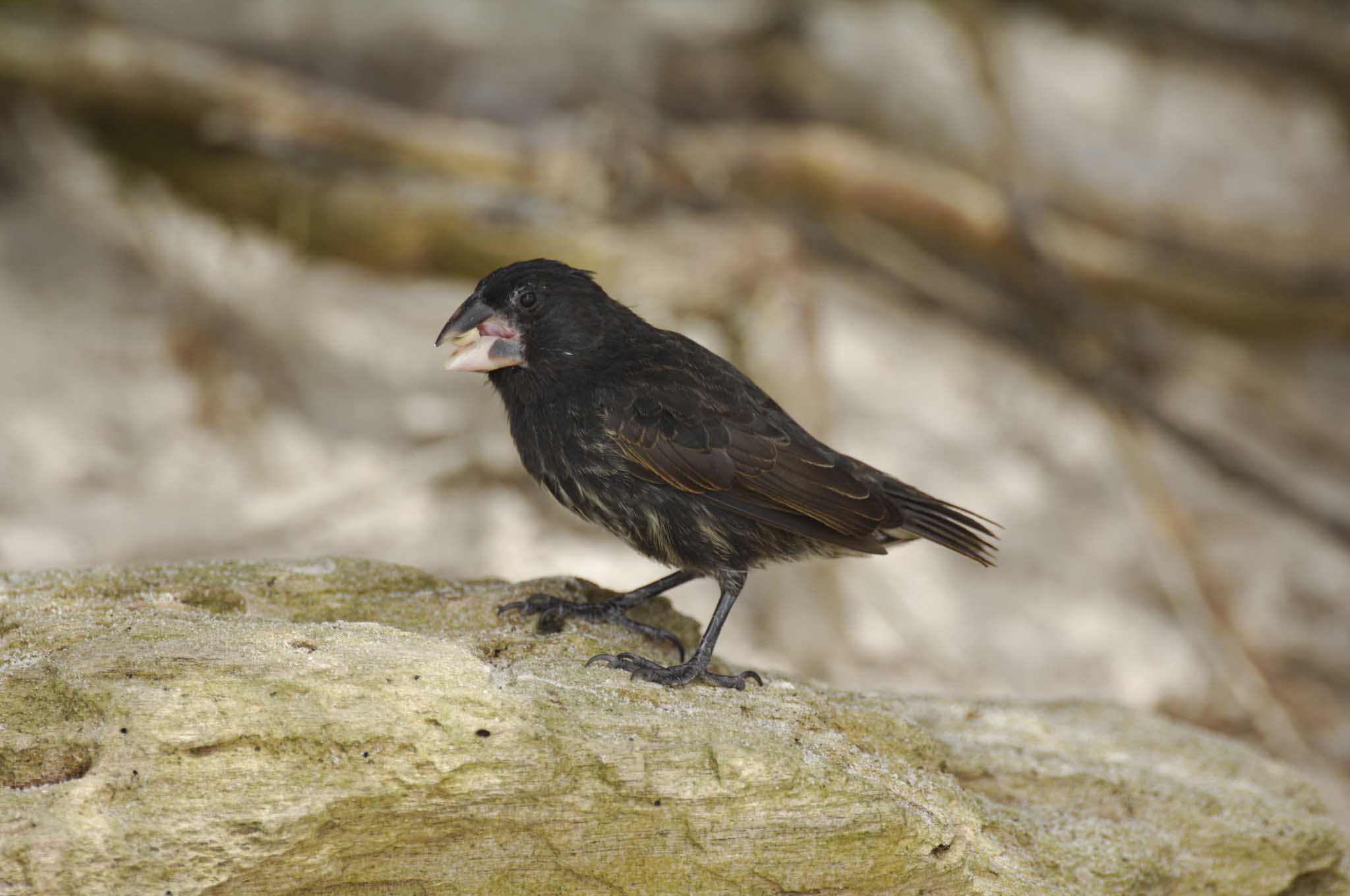
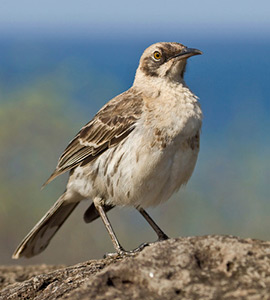
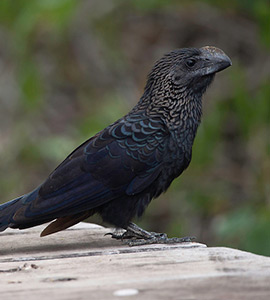
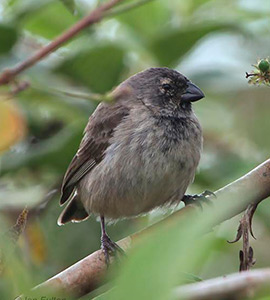
Galápagos Islands today
The archipelago today belongs to the Republic of Ecuador. Many of the 13 larger and over a hundred smaller islands are still uninhabited, and a total of approximately 25,000 people live here.
Due to great conservation efforts and the protected status of the islands as a national park and UNESCO World Heritage Site, visitors can still experience the unique wildlife up-close. The Galápagos is home to a unique and diverse flora and fauna that only occurs there. There is also a great abundance of fish in the waters around the islands. Whaling and shark finning are strictly forbidden, while fishing in the Galápagos Marine Reserve is permitted only under strict regulations.
